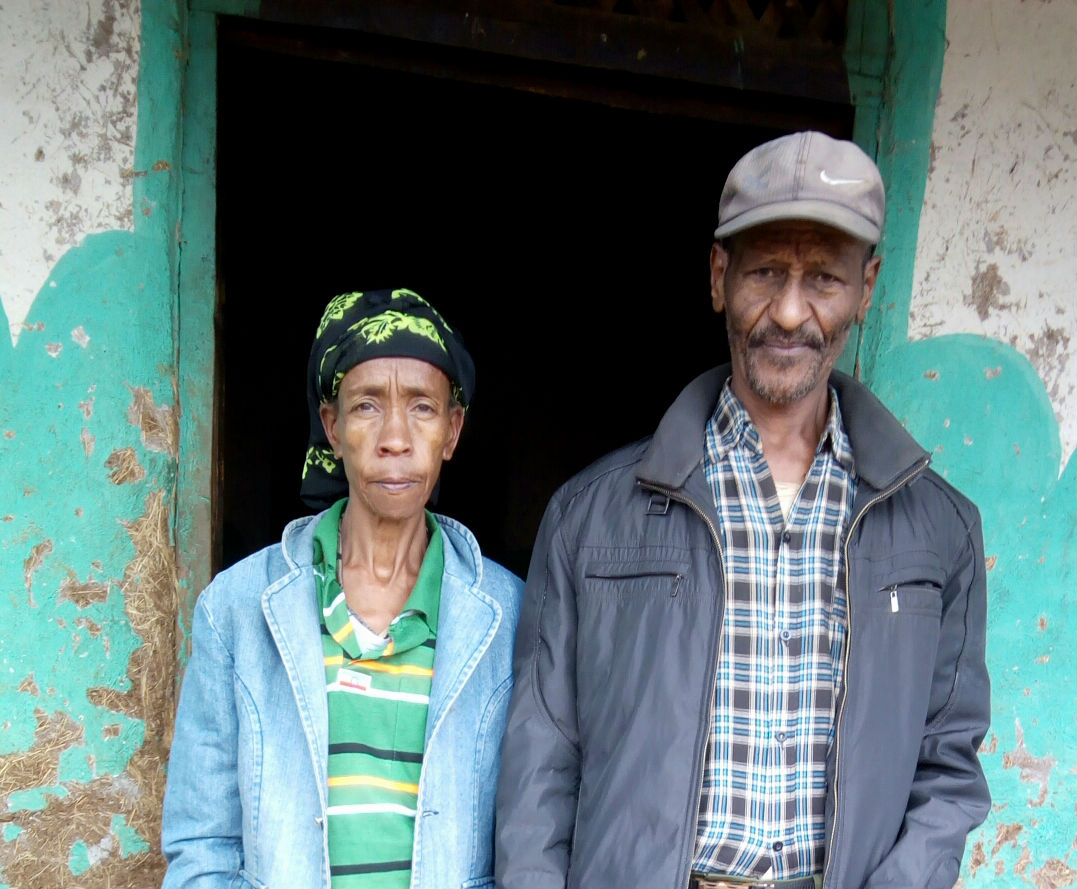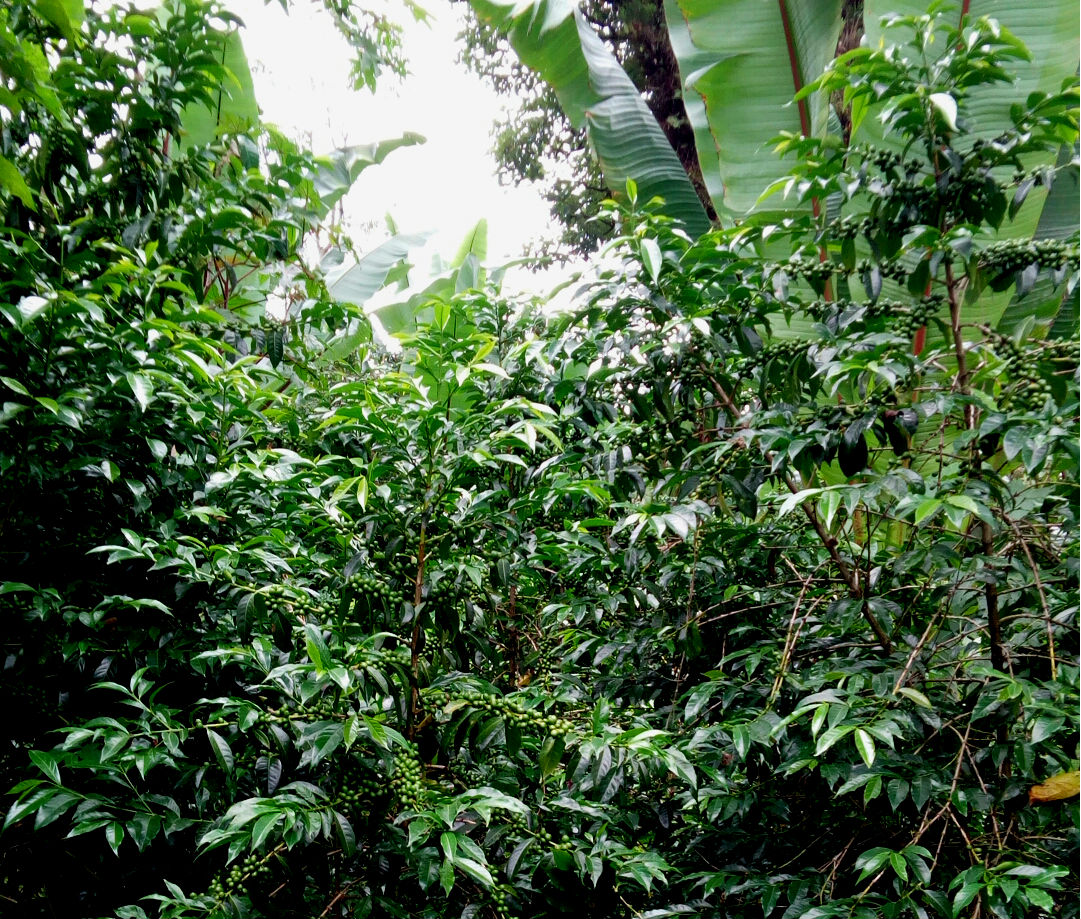Crown Jewel Ethiopia Organic Dodora Wonago Desta Gola Double Washed
Boxes 0
Warehouses Oakland
Out of stock
overview
Overview
This is a traditional double-washed coffee from Gedeo, Ethiopia, produced by Desta Gola in coordination with the Adame Gorbota Cooperative.
The flavor profile is intensely peachy with a unique spice note of cinnamon and allspice, paired with classic floral tones, the most prominent of which we found to resemble rose.
Our roasters found the coffee not to need much heat near the end of the roast, but that it might benefit from a little longer caramelization.
When brewed, the coffee was versatile and produced lush, fruit-forward pour-overs and made a uniquely spice-driven cold brew.
taste
Taste Analysis by Chris Kornman
This lovely late-entry into the washed Ethiopia scene for the season presented us with many unique flavors at multiple roasts and brew profiles. On the cupping table, the coffee is immensely floral, if a bit subtle, and performed well with some extra caramelization. When brewed as a pourover a few days off roast, the coffee’s fruit-flavors emerged with a strong peach flavor and varying shades or orange and citrus. We also took the coffee for a trip as a cold brew, which brought fanciful and unique spice notes of cinnamon and all spice to an already complex and interesting experience.
source
Source Analysis by Mayra Orellana-Powell
The creation of the Ethiopian Commodity Exchange (ECX) in 2008 significantly limited full traceability back to specific farmers. In response, Royal established the Single Farmer Lots Program to separate single farmer lots from the larger cooperative blends sold through the ECX. Annual farm visits from Royal CEO Max Nicholas-Fulmer and regular communication with farmers through Haile Andualem, Royal’s representative on the ground in Ethiopia, has been an essential component for ensuring that farmers and washing stations are following strict farm management and post-harvest protocols. The results have been increasing cup quality and higher returns for the individual producers that Royal has come to count on for great coffee year after year.
Returning to Royal with another amazing harvest, Desta Gola cultivated this single farmer lot on his 10-acre farm near the town of Gorbota located in the heart of the coveted Gedeo grow Zone. Desta has been cultivating coffee since 2013 and with the help of the single lot program he has been able to sell his coffee as a micro-lot in recent years. Coffee is Desta’s main source of income to support his wife and their nine children (6 girls and 3 boys). Ripe cherries for this washed processed coffee were taken to the Adame Garbota Cooperative where Desta is a member. At the cooperative the cherries are carefully hand sorted and floated to remove less dense coffee beans, then depulped, fermented for 48 hours, and washed and classified again in channels. The parchment is placed on raised beds where it is hand sorted again and dried over a period of 12 to 15 days. The parchment is often covered during the afternoons to prevent harsh drying in the intense sun. When the coffee reaches 11 percent moisture content, it is transported to Addis Ababa, the capital of Ethiopia, to be milled and prepared for export.
green
Green Analysis by Chris Kornman
This is a very dense, very dry selection from Desta Gola, processed as a double washed, fermented, and table-dried coffee with organic certification at the Adame Gorbota cooperative in southern Ethiopia. As we’ve seen throughout the season with similar selections, the coffee is sorted primarily to screen sizes 14-16, a little on the small side, and the prepped green looks immaculate.
While there are certainly true heirloom coffees grown in much of Ethiopia, it’s also true that a relatively small number of highly controlled cultivars — both lab-crafted hybrids and selected landraces — are often the main components of specialty coffees throughout the nation. The selections have not been denoted here for us, but it’s fair to assume they are similar stock to the greater southern coffee regions, hearty and well adapted for cultivation in this, one of the world’s most coveted terroirs.
diedrich ir-5
Diedrich IR-5 Analysis by Chris Kornman
I was really excited to roast this washed Ethiopian coffee, in part because I really love them, and in part because Doris & I have been talking a lot about how to get more power out of the Diedrich when roasting coffees like this one. The plan was to charge hot, punch up the gas at turnaround, keep the airflow open, and build enough momentum to coast to a gentle, light roast finish.
The first roast (grayed out) went to plan, emerging from the drying phase into Maillard reactions before the five minute mark. As-planned burner reduction during Maillard led to a gentle downward slope entering first crack. Everything looked really nice. I wanted a light roast, and as I watched caramel-colored beans developing uniformly, I dropped the coffee at just 70 seconds of development after first crack at 400F. A ground Colortrack reading of 51.64 indicated it might’ve been a little lighter than I intended, and we confirmed in the cup the next day the absence of any real complexity in the cup.
Armed with the understanding that I’d need to give the coffee a little more development time, I sought to replicate the first roast with about 20 seconds of time after first crack. With a slightly lower charge temperature, I pushed the gas up a little earlier to compensate, but otherwise tracked very closely to the original roast plan and hit the target of 1:36 development and a 54.4 ground Colortrack, which aligns with many recent successful pour-over roast color scores. Interestingly, the drop temp was exactly the same as the first roast.
While the cup itself was still a little on the subtle side, the difference was remarkable, rife with floral flavors like cherry blossom and chamomile. A light effervescence and clean fruit flavors like peach and fresh apple paired nicely with a lightly caramelized sweetness.
Overall it seems like this light, floral coffee isn’t overly concerned with short development times so long as the temperature isn’t too hot. I’d take care to make sure to fully develop some caramelized sweetness before completing your roast.
quest m3s
Quest M3s Analysis by Evan Gilman
Unless otherwise noted, I follow a set standard of operations for all my Quest roasts. Generally, I’ll allow the machine to warm up for 15 minutes until my environmental temperature reading is at least 250F, weigh out 200g batch size, and begin roasting when I’ve reached my desired charge temperature. Read my initial post here and my updated post here.
The last few Ethiopia Crown Jewel selections have all been fruit dried coffees, so it was nice to have a little variety in this washed coffee from Desta Golo. As long as I have worked at Royal Coffee, we have gotten great quality coffee from Desta Golo, and this year follows the tradition. Maybe it even breaks expectations, as this coffee is phenomenal.
Starting from the green metrics this coffee is, as Burning Spear would say, Dry and Heavy. Super tight screen size sorting coupled with incredible density, and a very low moisture content mean that this coffee will keep very well and will take a good amount of heat to get going. Knowing that, I charged my 200g batch at 390F with 10A heat application and full fan speed.
The turning point on this batch was close to 200F, something I wasn’t expecting. This is a high turning point temp as far as the Quest is concerned. I took this in stride and stayed the course, adding airflow to 3 at 240F / 2:15, and lowering heat application to 7.5A at 275F / 2:55. My rate of rise was quite high at the beginning of the roast, as anticipated, but reduced in a nearly straight diagonal line until dropping the coffee. I attribute this to adding full airflow early on, at 310F / 3:50, then reducing heat application further to 5A at 330F / 4:20. These were my only manipulations, and I allowed the coffee to ride out until 1:00 after first crack at 392.5F / 8:24, a lower temperature than I have been using for the fruit dried coffees. Nevertheless, this coffee spent the majority of the roast time in Maillard (46.4%) and had a good amount of proportional post-crack development as well (11.9%).
These moves turned out to be the right call. Desta Golo’s coffee is just so elegant and clean that it would be a shame to hit it with too much heat at the end of roast. The sugars in this coffee were absolutely candy-like, with pink and purple nerds candy coming to mind immediately upon first sip. This top note faded to hard candy and cool, refreshing grape flavors with a silky milk chocolate finish. That may not sound like the best combination, but I can make a personal guarantee you’re going to enjoy this coffee if you enjoy washed Ethiopian coffees at all!
brew
Brew Analysis by Zainab Syed
It was exciting to taste some very distinct notes in this double washed coffee from Ethiopia! We were able to taste CJ1450 as a cold brew as well as a pour over on multiple brew devices, which allowed us to experience the versatility of this beautiful coffee. The clarity of the orange notes on the Saint Anthony Industries C70 brew blew us away. The cup was packed with the delightful sweetness of orange marmalade or orange starburst, and I would even say it was a bit punchy like Fanta soda. Tied in along with the orange were lovely notes of peach, rose florals, hints of fresh ginger, and a caramel sweetness in the finish. This brew made for a tea-like body and an overall delicious cup.
We also brewed this coffee on the Fellow Stagg dripper and while it was still a good cup, it fell a bit flatter and wasn’t quite as tasty as the C70 brew. We discovered that this coffee did best when brewed on a conical brewer.
The cold brew brought forth allspice notes as well as brown sugar, cinnamon and apple. It can be noted that the pour over had very clean and clear fruit notes and the cold brew made room for the big and pleasant spice notes to stand out.




